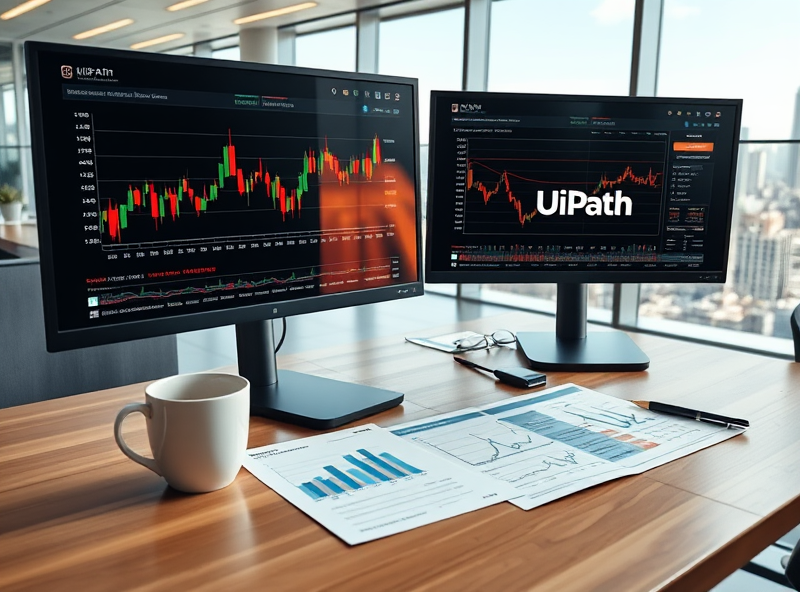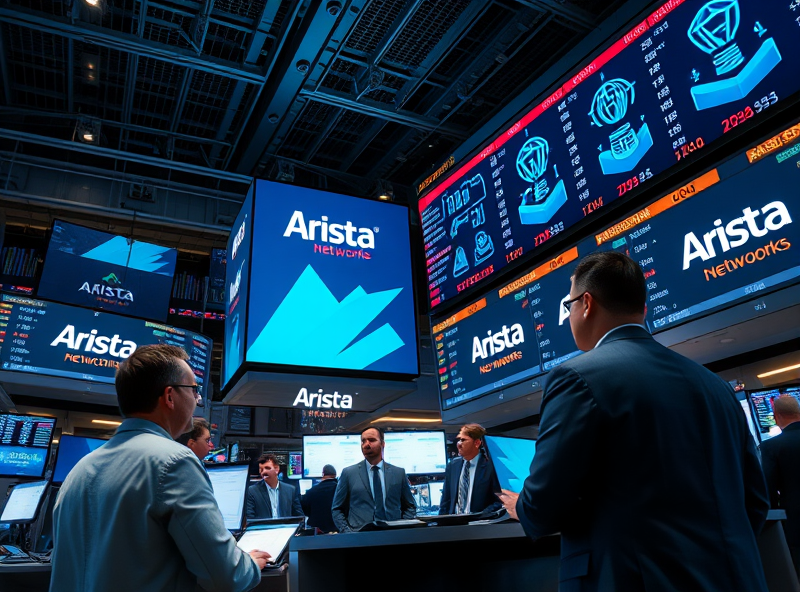
UiPath Stock Forecast 2023: Investment Insights and Trends
Analyst Ratings and Price Targets

When it comes to investing in UiPath (PATH), understanding analyst ratings and price targets can provide valuable insights for making informed decisions. Analysts typically evaluate a company’s financial health, growth potential, and market trends to assign ratings such as ‘Buy,’ ‘Hold,’ or ‘Sell.’ For UiPath, many analysts have expressed optimism due to its leadership in the robotic process automation (RPA) sector, which continues to see growing demand. Price targets, which are projections of a stock’s future value, vary among analysts but often reflect confidence in UiPath’s ability to expand its market share and innovate. Investors should note that while analyst ratings and price targets are helpful tools, they should be combined with personal research and consideration of individual financial goals before making investment decisions.
Financial Performance and Growth Drivers

UiPath has positioned itself as a leader in the robotic process automation (RPA) industry, and its financial performance reflects this strong standing. In recent years, the company has demonstrated consistent revenue growth, driven by its expanding customer base and the increasing adoption of automation technologies across industries. UiPath’s subscription-based revenue model has proven to be a key growth driver, providing a steady and predictable income stream. Moreover, the company’s focus on innovation, such as integrating artificial intelligence (AI) and machine learning (ML) into its automation solutions, has further enhanced its value proposition. For investors, this means UiPath is not only capitalizing on current market trends but also positioning itself for long-term growth in the rapidly evolving tech landscape. By keeping operational costs in check and reinvesting in research and development, UiPath continues to maintain a healthy balance sheet, making it an attractive option for those looking to invest in the future of automation.
Risks and Market Challenges

When considering an investment in UiPath stock, it’s important to evaluate the potential risks and market challenges that could impact its performance. While UiPath has positioned itself as a leader in robotic process automation (RPA), the industry is highly competitive, with companies like Automation Anywhere and Blue Prism vying for market share. This competition could pressure UiPath to innovate constantly, which might increase operational costs.
Additionally, economic uncertainties and fluctuating global markets can influence enterprise spending on automation solutions. If businesses tighten budgets during economic downturns, UiPath’s revenue growth could slow. Another key risk is technological disruption. Rapid advancements in artificial intelligence and machine learning could introduce new competitors or render existing solutions obsolete.
Investors should also be mindful of regulatory and compliance challenges, especially as UiPath expands into new markets. Data privacy laws and cybersecurity concerns could pose additional hurdles. By understanding these risks, investors can make more informed decisions and better align their portfolios with their financial goals.
Short-Term Volatility vs. Long-Term Potential

When it comes to investing in UiPath stock, it’s essential to understand the balance between short-term volatility and long-term potential. In the short term, stock prices can fluctuate due to market sentiment, quarterly earnings reports, or broader economic conditions. For instance, UiPath, being a leader in robotic process automation (RPA), may experience short-term dips if there are temporary slowdowns in enterprise spending or unexpected competition. However, long-term investors should focus on the bigger picture. The demand for automation is growing across industries, and UiPath is well-positioned to capitalize on this trend. By automating repetitive tasks, companies can save time, reduce costs, and improve efficiency—key drivers for UiPath’s sustained growth. So, while short-term volatility can be unsettling, staying focused on the company’s innovation, market leadership, and the increasing adoption of RPA can provide promising returns for patient investors.




